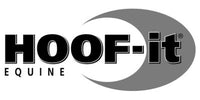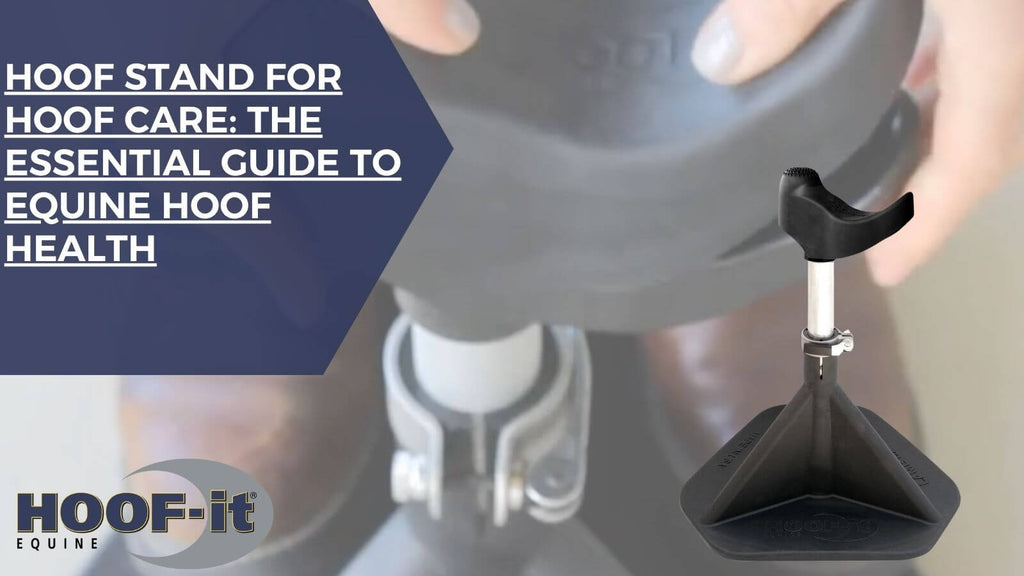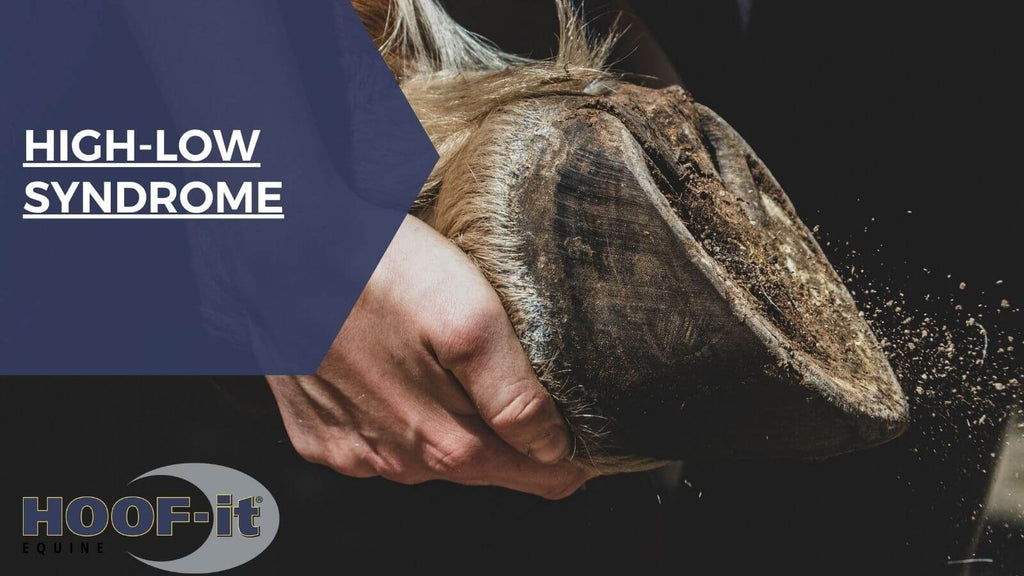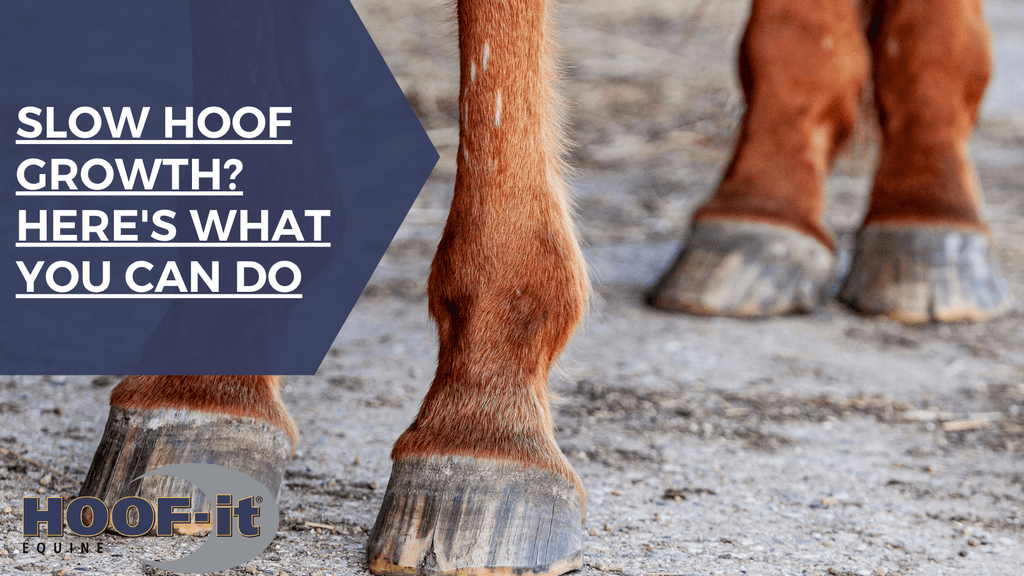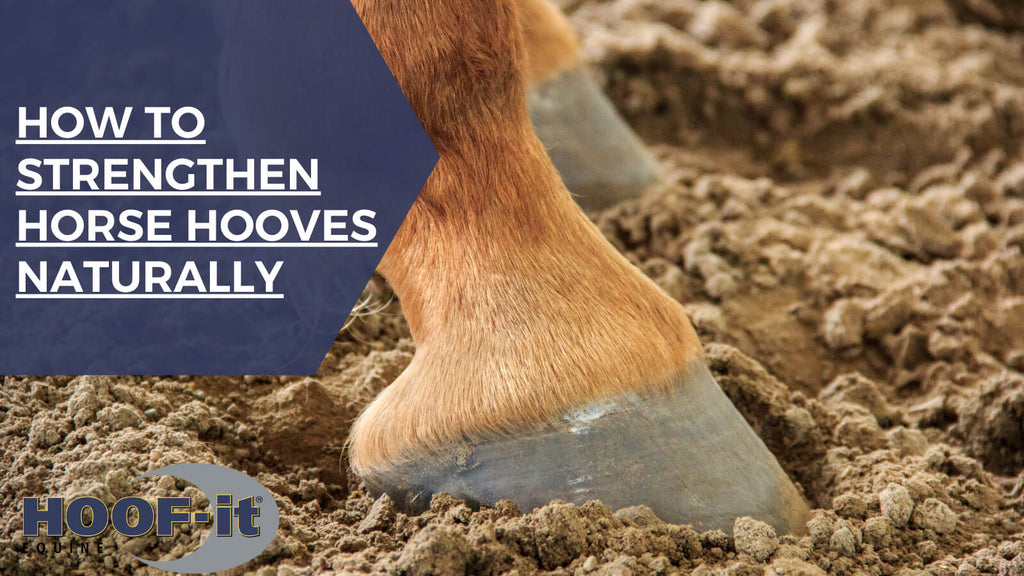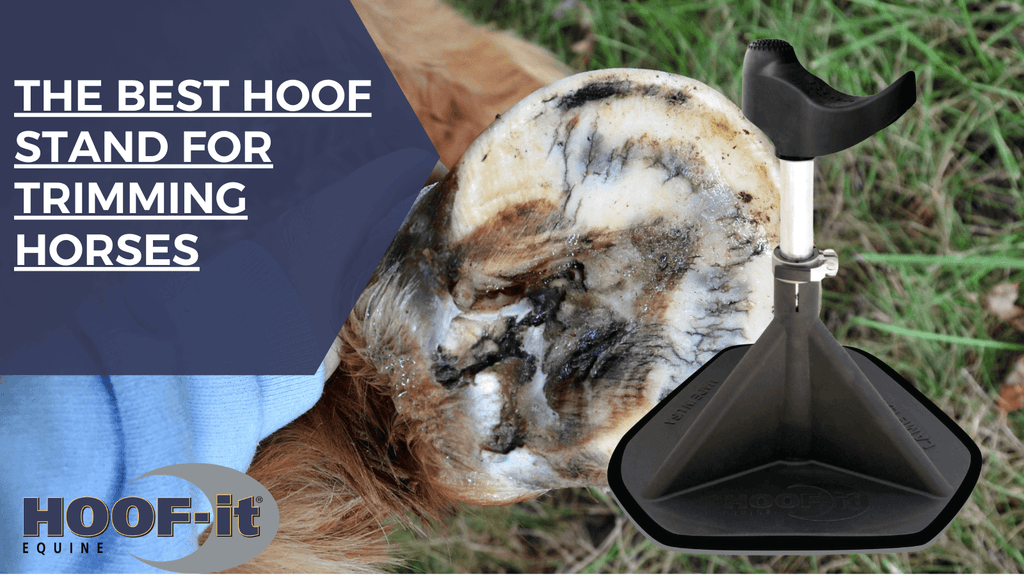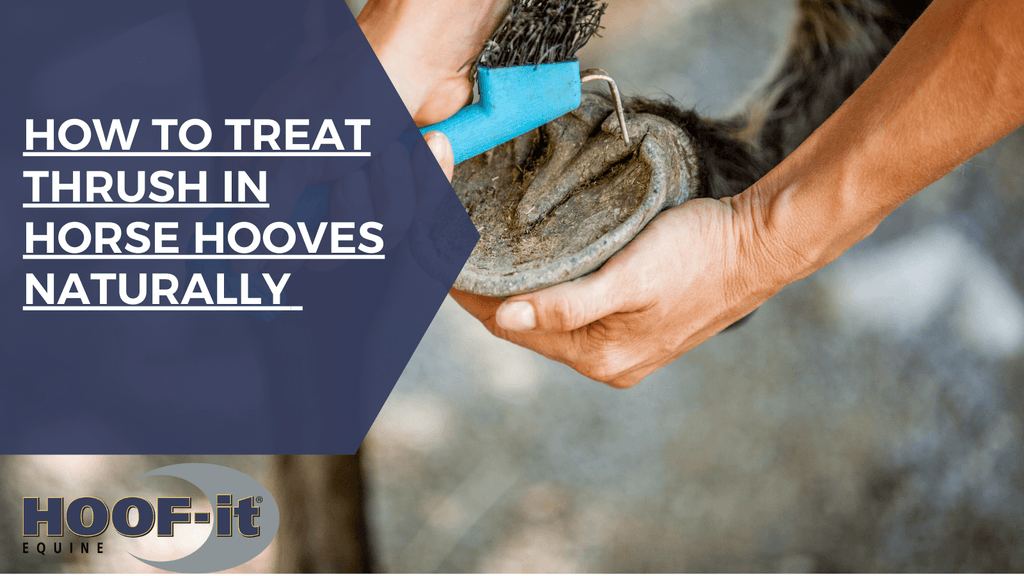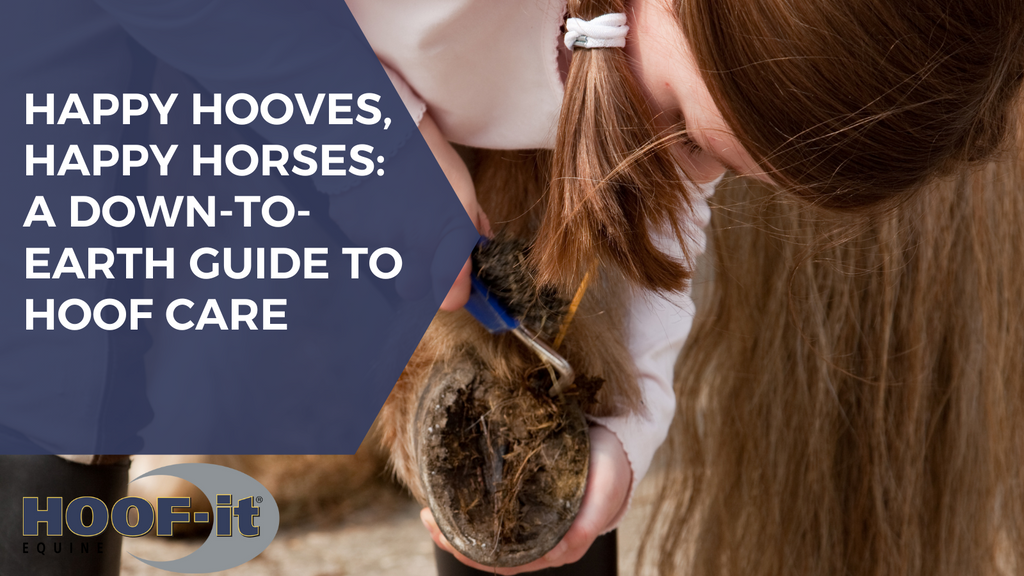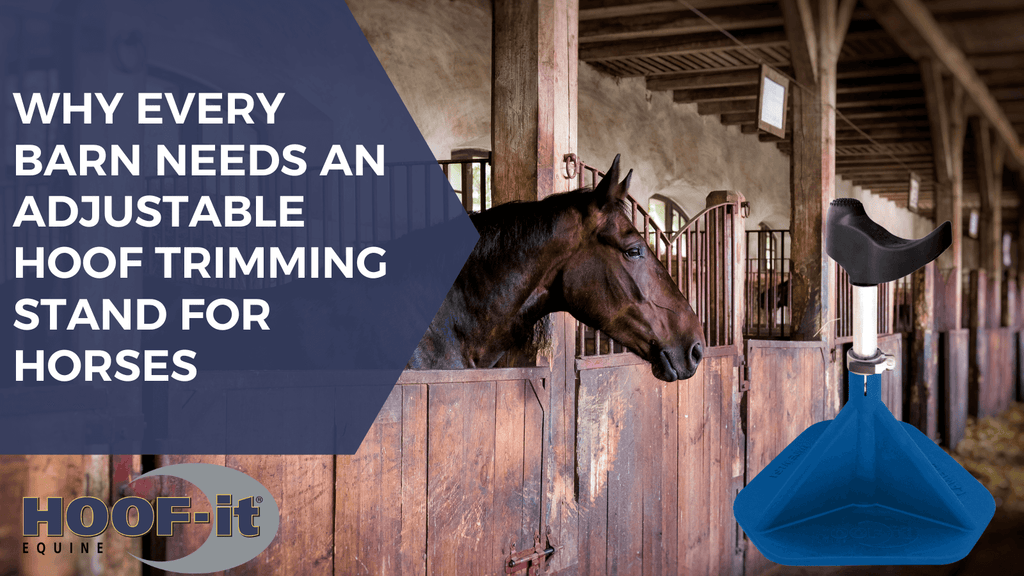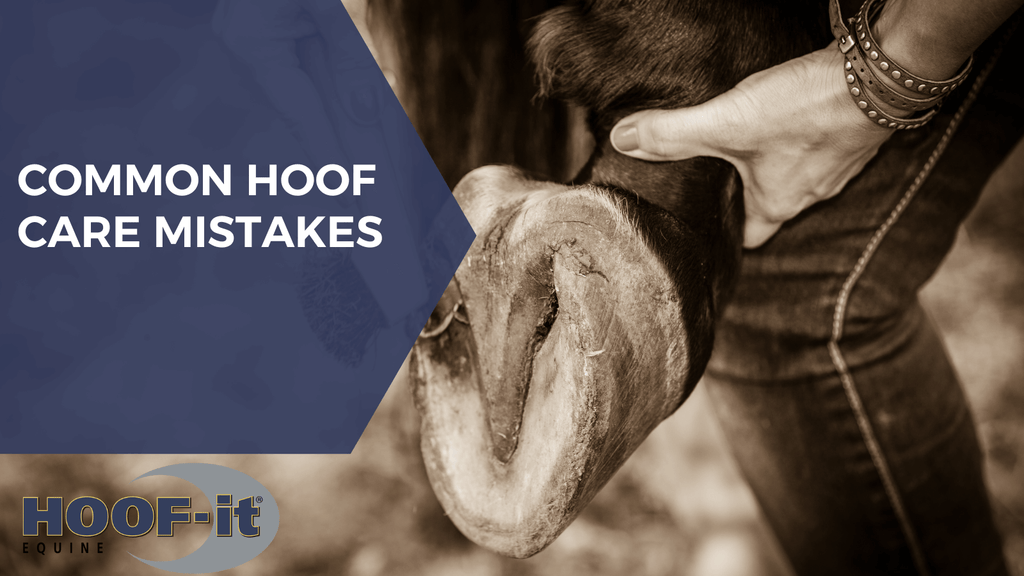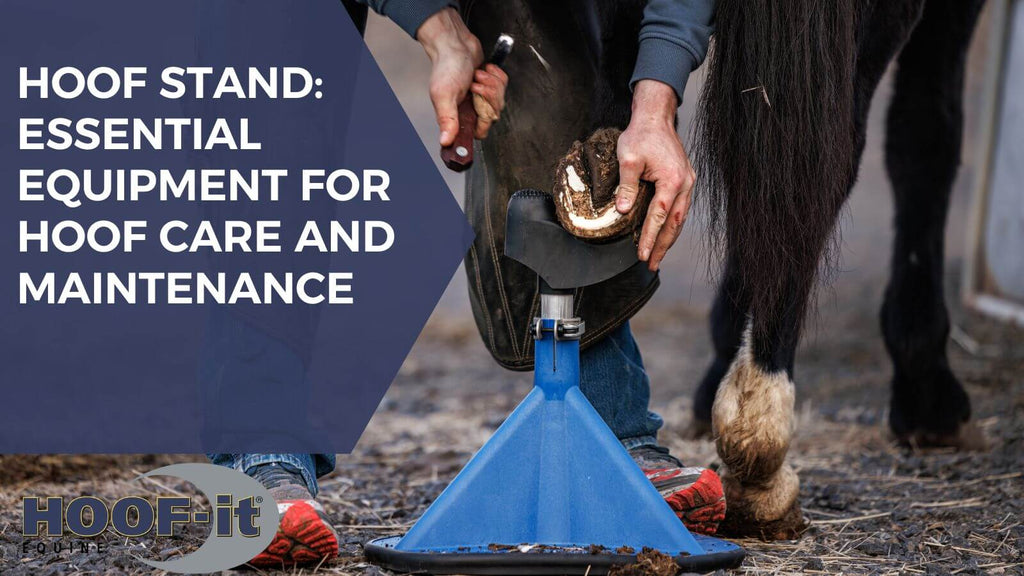Hoof Stand for Hoof Care: The Essential Guide to Equine Hoof Health
Caring for your horse’s hooves is not just about routine trimming and shoeing; it’s about creating a foundation for long-term health and performance. At the heart of this essential care lies the hoof stand—a tool that has revolutionized farrier work and equestrian hoof maintenance. By providing stability, comfort, and efficiency, a hoof stand transforms the way we handle hoof care, ensuring both the horse and handler experience less strain and greater safety.
In this comprehensive guide, we explore the importance of hoof stands, their benefits, design features, and why investing in a high-quality stand can make a remarkable difference in equine health.
Why a Hoof Stand is Essential for Hoof Care
Every horse owner knows the saying: “No hoof, no horse.” The hoof is the foundation of the animal’s body, and its health directly impacts mobility, balance, and overall well-being. A hoof stand supports this vital care by:
-
Reducing strain on the horse: By lifting and supporting the hoof, the stand allows horses to remain balanced and comfortable.
-
Improving farrier efficiency: Farriers can trim, rasp, and shoe with precision without the awkward balancing act.
-
Enhancing safety: A stand minimizes the risk of sudden jerks or slips, protecting both horse and handler.
-
Promoting long-term hoof health: Consistent, stress-free hoof care helps prevent lameness, cracks, and imbalances.
Key Benefits of Using a Hoof Stand
1. Comfort for Horses
When hooves are handled without proper support, horses often shift, pull, or resist. A hoof stand provides a secure platform, aligning the leg in a natural position. This reduces muscle fatigue and makes the experience less stressful.
2. Ergonomic Support for Farriers
Farriers often endure long hours bent over horses. A stand allows them to work at a comfortable height, reducing back strain and fatigue. This not only protects the farrier’s health but also increases productivity.
3. Versatility in Hoof Care Tasks
Modern stands are designed for multiple uses:
-
Cradle Position for hoof rasping and finishing.
-
Post Position for nailing and shoe adjustments.
-
Front and Hind Hoof Support without switching between multiple tools.
4. Improved Precision
A stable hoof means smoother trims and more accurate shoe placement. Over time, this ensures better hoof balance and improved gait performance.
Features to Look for in a Quality Hoof Stand
Not all hoof stands are created equal. Choosing the right one involves looking at durability, usability, and adaptability. Essential features include:
-
Heavy-Duty Base: Wide and weighted bases provide stability even with larger breeds.
-
Adjustable Height: Flexibility ensures comfort for different horse sizes and farrier preferences.
-
Replaceable Hoof Rests: Quality stands offer interchangeable posts and cradles for different tasks.
-
Non-Slip Surface: Rubber or textured grips prevent hoof slippage.
-
Lightweight, Yet Strong Construction: Materials like steel or reinforced composites strike the perfect balance between portability and strength.
How a Hoof Stand Improves Horse Performance
A healthy hoof means a healthy horse. When hooves are regularly and properly maintained using a stand, horses experience:
-
Improved balance and gait due to even trimming.
-
Reduced risk of injuries from cracks, flares, or imbalances.
-
Enhanced athletic performance in disciplines like jumping, dressage, or barrel racing.
-
Greater longevity by minimizing wear and stress on joints and ligaments.
Hoof Stand vs. Traditional Hoof Handling
Traditionally, farriers and owners held hooves between their legs or bent over to support them manually. While this method works, it places unnecessary strain on both horse and human. The hoof stand advantage lies in:
-
Efficiency: Faster transitions between hooves and tasks.
-
Safety: Less risk of dropped hooves or sudden kicks.
-
Consistency: Better angle control for trimming and shoeing.
Using a Hoof Stand: Best Practices
To maximize the benefits of a hoof stand, follow these steps:
-
Place the stand on a flat surface to ensure stability.
-
Adjust the height so the hoof rests comfortably without forcing the leg into an unnatural angle.
-
Use the post cradle for front hooves when rasping or finishing.
-
Switch to the post for hind hooves during shoeing or nailing.
-
Keep sessions calm and consistent, allowing the horse to trust the process.
Regular practice helps both horse and handler adapt quickly, making hoof care smooth and stress-free.
Investing in the Right Hoof Stand
When it comes to choosing a stand, durability and versatility are paramount. Cheaper alternatives may bend, slip, or break under pressure. High-quality stands, on the other hand, are designed with professional farriers in mind, ensuring they can handle years of daily use.
A premium stand may cost more initially, but the return on investment comes in the form of:
-
Fewer replacements over time.
-
Better hoof care results.
-
Reduced risk of injury and strain.
Why Professional Farriers Recommend Hoof Stands
Professional farriers around the world rely on hoof stands for one simple reason: they make the job safer, faster, and more effective. Whether working on performance horses, working breeds, or pleasure companions, a hoof stand creates a consistent, professional outcome every time.
Conclusion: Elevating Hoof Care Standards
A hoof stand is more than a convenience—it’s an essential piece of equipment for anyone serious about equine hoof health. By supporting both horse and farrier, it elevates the standard of care, improves performance, and extends the longevity of equine athletes and companions alike.
Investing in a reliable, well-designed hoof stand is an investment in your horse’s health and your own efficiency. Whether you are a professional farrier or a dedicated horse owner, the benefits of incorporating a hoof stand into your routine are undeniable.
